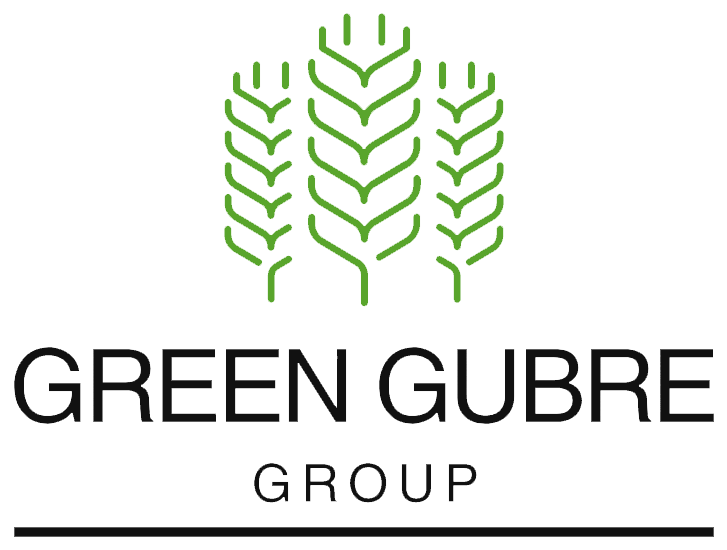East Asia’s Fertilizer Markets: Balancing Demand, Innovation, and Regional Trade
East Asia’s Fertilizer Markets:
Balancing Demand, Innovation, and Regional Trade

East Asia, characterized by high population density, intensive farming practices, and rapid technological advancement, plays a significant role in the global fertilizer ecosystem. Countries such as Japan, South Korea, Taiwan, and Southeast Asian economies like Vietnam and Thailand are reshaping fertilizer consumption patterns with precision agriculture, balanced fertilization practices, and increased reliance on imports. While not as dominant in production as China, East Asia is a critical consumer and importer of fertilizers, driving market trends across the Asia-Pacific region.
This blog explores East Asia’s fertilizer demand landscape, trade flows, innovation in nutrient management, and its role in shaping the next generation of sustainable agriculture.
Key Fertilizer Trends in East Asia
1.High Fertilizer Consumption Per Hectare:
East Asia has some of the highest fertilizer application rates in the world, especially in South Korea and Japan, due to intensive farming on limited arable land.
2. Strong Demand for High-Quality & Specialty Fertilizers:
- Controlled-release fertilizers (CRFs), water-soluble fertilizers, and micronutrient-enriched blends are increasingly popular.
- Countries like Japan lead the development and adoption of innovative fertilizers that improve nutrient use efficiency (NUE). These include fertilizers that release nutrients in response to specific soil conditions or plant needs, reducing over-fertilization and environmental pollution.
3. Heavy Dependence on Imports:
- Nations with limited natural resources rely on fertilizer imports:
- Japan, South Korea, and Taiwan import most of their nitrogen and phosphate needs.
Vietnam, Thailand, and the Philippines depend heavily on imports from China, Russia, and the Middle East.
Country-by-Country Snapshot
Japan
- Focus: Sustainability, low-emission agriculture, and premium fertilizers.
- Trend: Shift from commodity fertilizers to enhanced-efficiency fertilizers (EEF) and biofertilizers.
- Innovation Leader: Pioneer in slow-release technology and integrated soil fertility management.
South Korea
- Focus: Food self-sufficiency and precision farming.
- Trend: Government-subsidized programs promote balanced fertilization and domestic organic fertilizers.
- Import Dependency: Especially on urea, ammonium sulfate, and complex NPK blends.
Taiwan
- Focus: High-yield crop production and environmental protection.
- Trend: Investment in bio-organic fertilizers and smart farming infrastructure.
- Trade Flow: Imports of urea and phosphate fertilizers are primarily from China and the Middle East.
Vietnam, Thailand, and the Philippines
- These fast-growing economies are key fertilizer importers:
- Vietnam: Large rice producer with a strong demand for urea and NPK.
- Thailand: Growing demand for DAP, MAP, and complex fertilizers.
- Philippines: Imports granular urea, ammonium sulfate, and NPK blends for maize, rice, and sugarcane.
Regional Trade & Supply Chain Dynamics
Main Import Sources:
- Urea from China, Saudi Arabia, and Qatar.
- Phosphate fertilizers from China, Morocco, and the U.S.
- Ammonium sulfate from China and South Korea.
Key Ports Handling Fertilizer Imports:
- Busan (South Korea), Yokohama (Japan), Ho Chi Minh (Vietnam), Laem Chabang (Thailand), and Manila (Philippines).
Seasonal Demand:
- Fertilizer demand in East Asia typically peaks before planting seasons, with Q2 and Q4 being the most active import periods.
Sustainability and Innovation in Focus
East Asian countries are at the forefront of adopting innovative and eco-friendly fertilizer practices, inspiring a wave of innovation in the industry:
- Precision Agriculture: Use GPS, IoT sensors, and AI for targeted fertilizer applications.
- Reduced Chemical Use: National policies encourage using organic fertilizers and limit the over-application of nitrogen.
- Greenhouse Gas Mitigation: Governments are promoting low-emission fertilizers in line with climate commitments.
Japan and South Korea are especially active in trialing green ammonia and carbon-neutral urea, aligning with global decarbonization goals. These goals aim to reduce carbon emissions and combat climate change, with the agricultural sector playing a significant role in achieving them.
Challenges in East Asian Fertilizer Markets
- High Import Costs: Regional volatility in shipping and global supply chain disruptions affect pricing.
- Aging Farmer Demographics: Slower adoption of modern practices among older rural farmers.
- Climate Vulnerabilities: Frequent typhoons and floods affect storage and distribution.
Opportunities for Global Suppliers
With the rising demand for CRFs, EEFs, and micronutrient-enriched products, the specialty fertilizers market is set for significant growth, offering exciting opportunities for the industry.
- Strategic Partnerships: Opportunities to collaborate with East Asian firms on R&D, sustainability, and localized fertilizer blending.
- Export Potential: East Asia's import dependency can benefit Middle East, Africa, and Central Asia producers.
Conclusion
As governments, companies, and farmers in East Asia prioritize environmental health and crop productivity, the region is becoming a testing ground for next-gen fertilizer technologies. For global exporters, understanding and meeting the unique needs of East Asian buyers—ranging from bright farming inputs to low-carbon fertilizers—is not just a business strategy but a key to building long-term partnerships and contributing to the region's sustainable development.
Green Gubre Group is closely monitoring East Asia’s market evolution and stands ready to meet the region’s needs with quality fertilizers and sustainable solutions.




